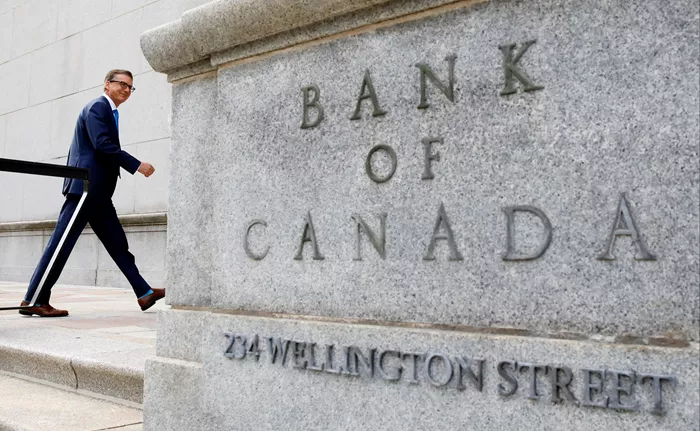The Bank of Canada’s upcoming interest rate decision on June 4 is highly uncertain. While many expect a rate cut, markets are pricing in only a small reduction.
The situation is evenly balanced, and if the Bank chooses to keep rates steady this time, it may signal a dovish stance, with a cut likely in July. The Canadian dollar (CAD) also faces downside risks due to its current overvaluation.
Mixed Economic Signals Complicate the Decision
Canada’s economic data presents conflicting signals. Unemployment may rise above 7% in the next report, suggesting weaker labor market conditions. Inflation is low overall, but core inflation has started to climb again.
First-quarter GDP growth surprised on the upside at 2.2% annualized, beating the 1.7% forecast. However, this growth was mainly due to businesses stockpiling before tariffs took effect, with consumer spending stagnant and business investment falling.
These mixed results split opinion: economists largely expect a 25 basis point cut, while markets lean toward no change. Some banks have switched to expecting no change after the strong GDP report.
Trade Tensions Add Pressure
The recent U.S. decision to raise steel and aluminum tariffs on Canada from 25% to 50% complicates the outlook. Canada is the largest exporter of these metals to the U.S., and this escalation in trade tensions could hurt the economy. Despite a brief easing of tensions after Prime Minister Mark Carney’s visit to the White House, the trade war remains unpredictable and a significant risk.
Markets May Underestimate Rate Cut Chances
At the time of writing, markets price in only a 6 basis point cut, which seems too conservative given the tariff news. If the Bank of Canada does not cut rates in June, it is expected to act in July.
Canadian Dollar Faces Overvaluation Risks
The Canadian dollar has weakened compared to other G10 currencies due to its link to U.S. growth sentiment and negative tariff news. However, USD/CAD is currently about 3% undervalued relative to its short-term fair value, suggesting some support for the Canadian dollar. The near-term outlook favors a slight rise in USD/CAD to 1.38–1.39, as market expectations for July’s rate cut appear too hawkish.
Read more:


